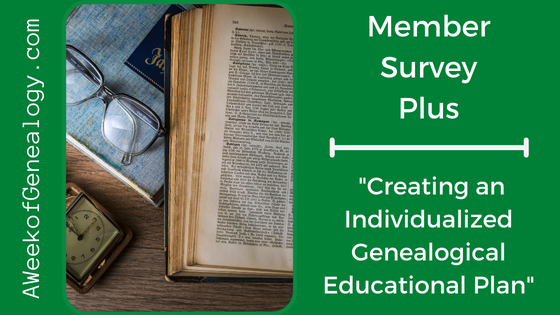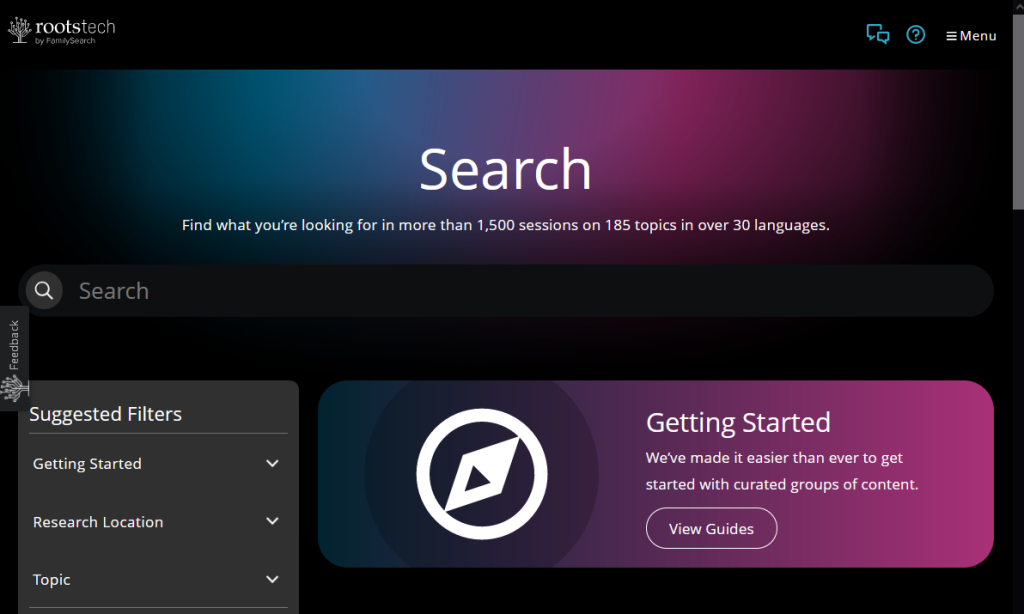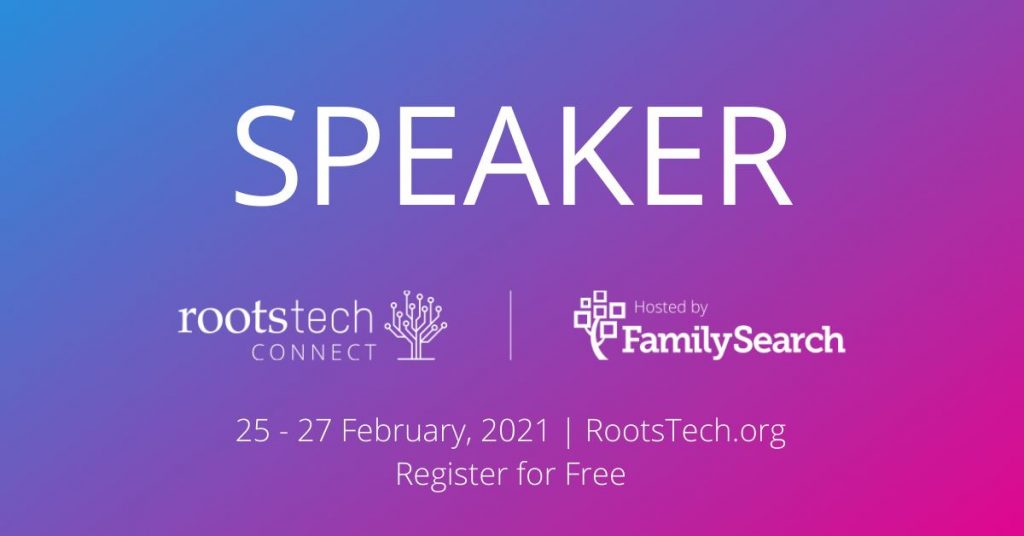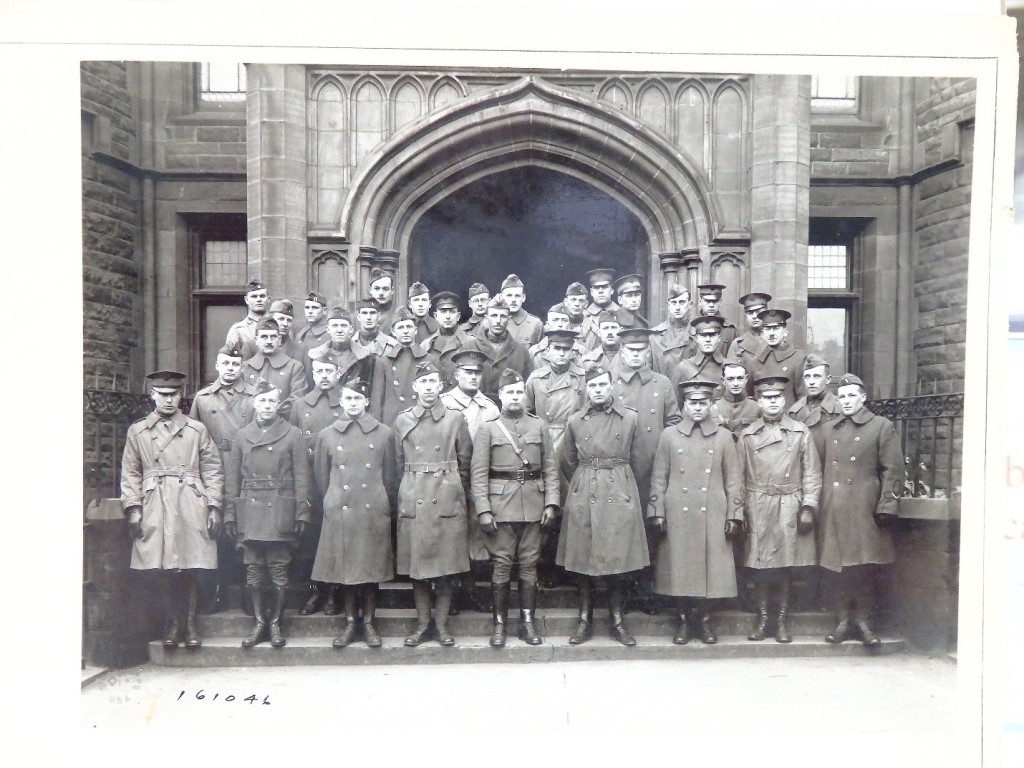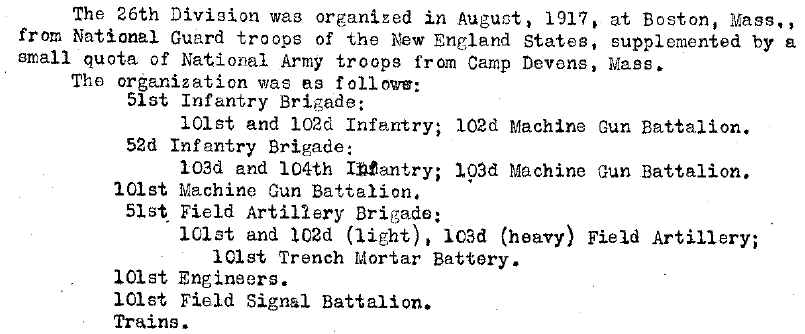Using AI in Genealogy

Thanks for such a warm reception at the Western New York Genealogical Society this past weekend. It was a pleasure to be talking about “Using AI for Genealogy” as part of their year-long fiftieth anniversary celebration, conducted over Zoom. At least fifteen states and two countries were represented in the audience.
The lecture was for people who have not already used AI tools but wanted to learn about them and how to start, AND for those who were already using the tools to share ideas about how to be more effective and expand their use.
It took over a day to obtain the ChatGPT data export that I mentioned during the lecture, but it did arrive later in the afternoon. As a reminder, this data export of all your chats can be requested by clicking on the profile icon on the lower left -> Settings -> Data Controls tab -> Export data. The link allows you to download a zipped file, and when you open it, use an HTML file to access your chats.
I wanted to share some of the great feedback from the audience:
- “Fantastic ‘Gen AI 101’ and how to apply it to research!!!”
- “Thank you so much! Very clear. Makes me want to go out and try it.!”
- “Fantastic program!”
- “This was perfectly demonstrated. Thank you!”
- “Wow! So much information. Thank you so much.”
- “I learned so much. No longer afraid to try it. Thank you.”
- ” Hope I can find the time to watch this over and over and over!”
You can embark on a captivating exploration at the crossroads of genealogy and artificial intelligence with our lecture on “Using AI in Genealogy,” conducted over Zoom. Presented by a seasoned genealogist who holds a Ph.D. in Computer Science & Engineering and is the author of “Crash Course on ChatGPT and Genealogy ,” this session promises practical ways to get started using text-to-text artificial intelligence, prompt engineering and other AI tools, with some technological background. AI tools into your genealogical research, along with some technological background about generative AI.
The reasonable pricing ensures accessibility for your group, and participants will receive a thoughtfully curated 5+ page handout. Additionally, we’ve included some optional ‘Homework, but not to turn in’ for those who are ready to delve deeper into the subject. Contact us now to secure an engaging, informative, and educational Zoom lecture for your group.
The reasonable pricing ensures accessibility for your group, and participants will receive a thoughtfully curated 5+ page handout. Additionally, we’ve included some optional ‘Homework, but not to turn in’ for those who are ready to delve deeper into the subject. Contact us now to secure an engaging, informative, and educational Zoom lecture for your group.

